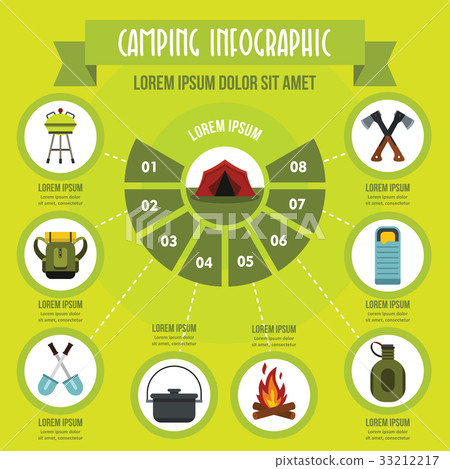A range of elements can impact night sky digital photography. From weather conditions to upcoming holy occasions, you'll want to plan ahead to make sure success.
How many people does a 5m Bell Tent sleep?
The shutter speed you select identifies whether stars appear as precise pin-points or trail across the photo. An excellent general rule is to restrict the direct exposure to 500 secs, or the matching of your lens's focal length.
Location
One of the most important consider an excellent picture is where you take it. Aim for locations with minimal light air pollution, and stay clear of areas that have brilliant city lights and high-rise buildings.
Also, search for an area that uses foreground aspects to produce compositions with. For example, dune patterns, wind-sculpted ridges and rough outcrops can all give appealing foreground aspects to help tell the tale of your evening sky photograph.
It is additionally handy to study huge events such as meteor showers and lunar eclipses to take advantage of possibilities for excellent pictures. Using a tool such as the Digital photographer's Ephemeris can be unbelievably beneficial when preparing your shoots. It helps you to determine moon stages, Galaxy setting and other astronomical events. Additionally, think about shooting in RAW layout as opposed to JPEG as this provides you more adaptability when processing the images. This is specifically true if you plan to print your pictures.
Video camera Settings
Obtaining the ideal video camera settings is necessary for any type of photograph, yet particularly so for night skies images. A wide-angle lens is best for catching more of the Galaxy and minimizing star trails, along with a much longer shutter speed to stop the movement of stars and disclose their information.
For an optimum level of clarity, shoot in RAW layout rather than JPEG, which allows you to maintain more information and supplies flexibility throughout post-processing. This can also include in file dimension, so make certain you have plenty of storage room and additional memory cards handy.
Establish your focus to manual concentrating by flipping the AF/MF turn on your lens right into MF mode. You might need to take a couple of test shots and check the picture playback on your camera's LCD display until you accomplish perfect, identify manual emphasis. It's an excellent concept to do this during the day with your picked lens and the location you will certainly be shooting at evening, to verify the precision of your focus setup.
Lighting
A good night skies image requires the ideal conditions. This consists of a dark sky, however also a fascinating foreground component such as a mountain coming up, a lake to show the celebrities, or a human element like a barn or shed. You can even make use of a headlamp to light up the foreground and include some dramatization or depth to your photo.
The most crucial camera setups for night skies digital photography are the aperture and shutter speed. The bigger the aperture, the much more light that gets to the sensor. This permits you to catch intense stars in a reasonably short quantity of time.
The shutter speed identifies whether your celebrities will be pin-point excellent or if they will look like celebrity trails because of the Earth's turning. Be sure to take multiple lengthy exposure shots and pile them in post-processing for the very best outcomes. Last but not least, shoot in RAW mode to offer yourself optimal latitude in post-processing.
Composition
The trick to beautiful celebrity shots isn't a high-end telescope, a brand-new wide-angle lens or a top-of-the-line Canon or Nikon video camera. It's strategy, planning and structure.
For beginners, search your shoot area ahead of time to get a feel for the design and prospective make-ups. Think about including foreground aspects such as rocks, a lake or alpenglow on the landscape to include character and rate of interest to your images.
Remember the Policy of Thirds when composing your images. This simple principle assists equilibrium and combine pictures. It's additionally valuable for focusing on points of interest in your photo, such as rock functions or the Galaxy. Additionally, remember to plan your shoots around moon stages-- capturing at a full moon can overpower stars and house tents produce a silhouetted form, while firing on nights with a new moon can help you see constellations a lot more plainly.
How many people can sleep in a 10x10 tent?
